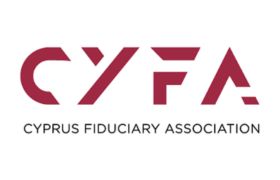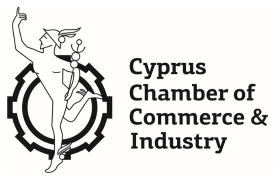Hadjiyiannis acknowledged that the tool of loan restructurings alone, given the time necessary for a restructured NPL to return to the performing loan book as well as the CCB’s mainly retail loan portfolio, is not enough and so the bank is considering other solutions.
“Given the process to declassify a non- performing loan, the tool of loan restructurings alone is not enough. We need to manage these loans that are in deep arrears and to find more radical solutions,” he said.
The CCB’s NPLs by end-June 2017 amounted to €7.17 billion, accounting for 59% of its total loan book.
“We are moving towards implementing all available tools, utilising the provisions of the banks, as Cypriot banks have accumulated significant provisions to deal with the essence of the problem,” he added.
Hadjiyiannis said the Cypriot banks have submitted their NPL reduction strategies to the European Central Bank, adding these plans include “a radical reduction in absolute numbers.”
“Therefore… the coming short to medium term period will have a catalytic importance for the solution of the problem,” he said.
Hadjiyiannis said the Cooperative Sector lost time in reducing its massive non-performing loan book, due to the merger of the 93 separate credit institutions in to a single entity. The merger was part of the preconditions for the injection of €1.67 billion of bailout money to plug its capital shortfall paid by the government in 2014.
Commenting on the decline of loan restructurings in the first half of 2017, Hadjiyiannis said the bank was faced with increased work load due to the legal merger that has been concluded in early 2017.
However, he added that the bar has been set high for the whole of the year both concerning loan restructurings and NPL reduction.
“We aim at achieving some hundreds of millions in NPL reduction, using all the weapons at our disposal, write offs, debt to asset swaps, full repayments, write downs, (the reduction of a loan’s book value without exonerating the borrower from the debt),” he added.
Asked why the CCB has failed to engage in debt to asset swaps (DBAs) so far, Hadjiyiannis said the bank was building the necessary infrastructure and a specialised unit to deal with such assets.
But he said the bank “is careful not to transfer the problem from one part of the balance sheet to the other.”
By assuming real estate, you reduce the NPLs ratio but you also assume risks related with the real estate market and on how you will dispose of these assets, he said.
He also noted DBAs are more complex and more lengthy due to the banks loan book which mostly concerns retail loans.
According to a report, the CCB has produced an ambitious strategy for the next five years, including reducing NPLs by 2.7 billion, writing off 2 billion of loans and raising coverage ratio to 67% from 47% in end-June 2017.
“These targets are absolutely compatible with what needs to be done. It is not acceptable nor financially sound the banks to carry these weights on their balance sheet in the next five years,” Hadjiyiannis said and added: Therefore, we need to find solutions so that the (NPL) rate declines to a certain point, or to vanish all together, we say we should to reduce it to a level acceptable by European standards.”
The CCB CEO said the deal reached with Spanish asset management firm, Altamira, will help to achieve these targets. The agreement concerns the management of the CCB’s total non- performing loan book as well as real estate amounting €500 million.
“We believe that Altamira has the experience, the expertise and will provide the strategic management of this large part of our balance sheet and will be able to utilise all solutions necessary to bring about this reduction (in NPLs),” he said.
On the planned capital raise, Hadjiyiannis said this will allow the state-owned bank to return to the private sector, noting that the capital raise is envisaged in the agenda 2022.
“Our targets will be rendered more doable with the capital raise in 2018 and will strengthen our balance sheet,” he said.
Asked whether the Cypriot banks will be called on to raise capital in 2018 given the increased regulatory requirements concerning risk management, Hadjiyiannis said raising capital is up to the banks policies and also market conditions.
But he pointed out that maintaining high levels of NPLs requires increased capital buffers.
“Surely as long as we have the problem of high NPLs we will see these buffers, be they capital or accumulated provisions, to rise constantly,” he concluded.
Source: Cyprus Mail













